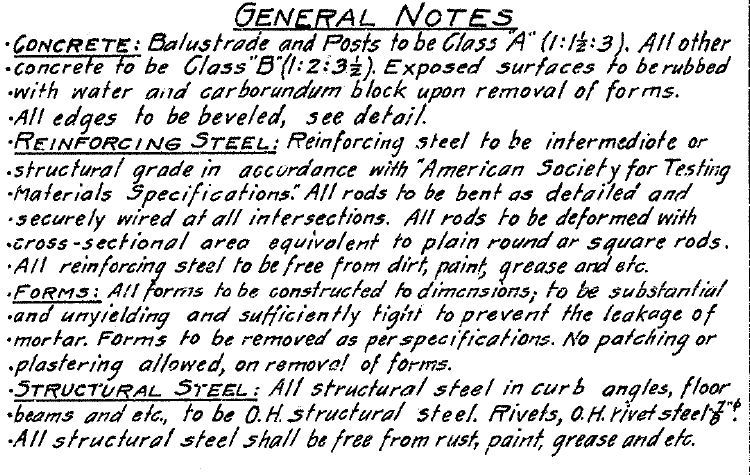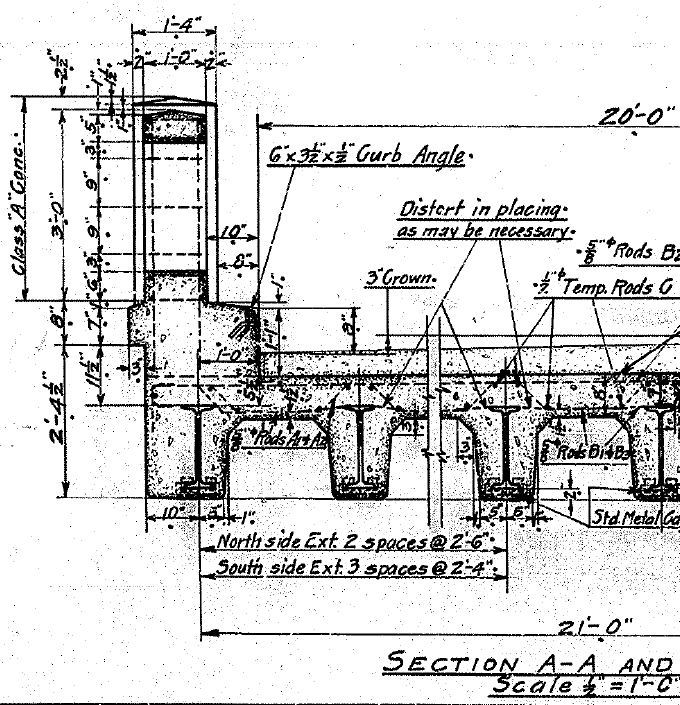I'm looking at a partial bridge deck replacement in the northeastern U.S.
The existing plans for this portion of the bridge are dated 1928 and they call for the steel members to be "O.H. structural steel."
I'm not familiar with that specification. Does anyone know if it's similar or the same as ASTM A7? And does anyone know if it's weldable (for shear studs)?
Thanks!


The existing plans for this portion of the bridge are dated 1928 and they call for the steel members to be "O.H. structural steel."
I'm not familiar with that specification. Does anyone know if it's similar or the same as ASTM A7? And does anyone know if it's weldable (for shear studs)?
Thanks!



![[idea] [idea] [idea]](/data/assets/smilies/idea.gif)
![[r2d2] [r2d2] [r2d2]](/data/assets/smilies/r2d2.gif)